You will need
- 2 glass bottles with wide openings (we used milk bottles)
- 2 different food colours (we used yellow and blue)
- Hot water from the tap
- Cold water
- A tray
- An index card
- Optional: a freezer, thermometer and a stopwatch
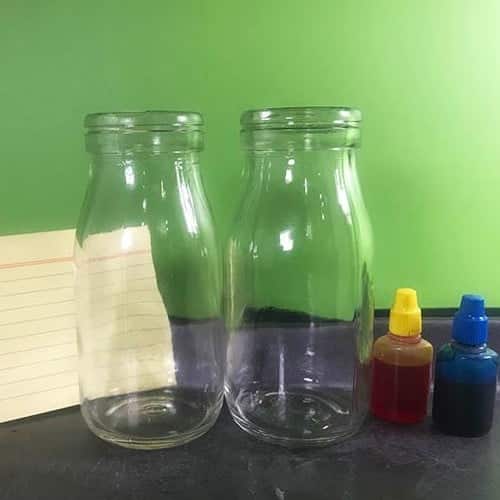
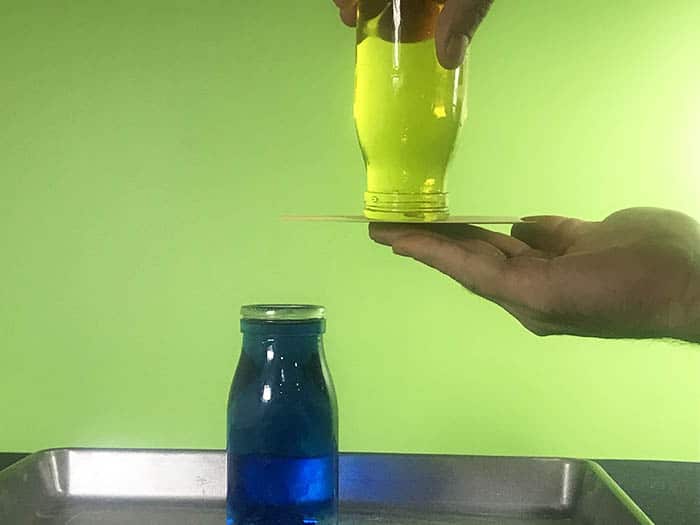
Carefully turn the cold yellow water bottle upside-down whilst gently pushing the index card upwards to keep the water sealed by the index card. If the seal is intact, you should be able to take your hand away from underneath the card and the water shouldn’t fall out. This works due to air pressure in the room pushing the water upwards. Full explanation in the upside-down water cup experiment here.
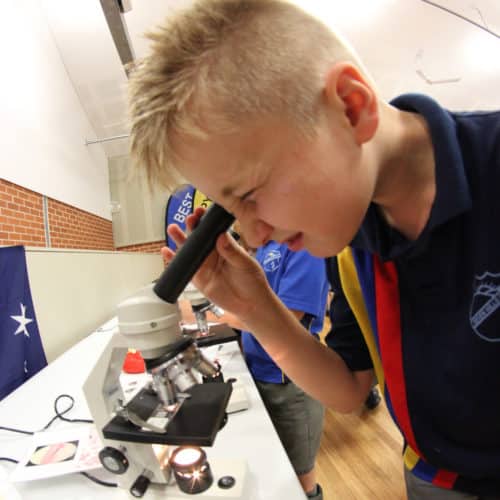
School science visits since 2004!
– Curriculum-linked & award-winning incursions.
– Over 40 primary & high school programs to choose from.
– Designed by experienced educators.
– Over 2 million students reached.
– Face to face incursions & online programs available.
– Early learning centre visits too!
What is going on?
Hot water rises and cold water falls! More specifically, hot water is less dense than cold water. When you removed the index card from between the two bottles, the dense cold water in the top bottle dropped downwards and the less dense hot water rose to the top of the bottles.
Why does this matter?
Liquids and gases both will move due to density differences. Because of this, water will move throughout the ocean due to uneven heating and different salinity levels causing density differences which then drives the water currents. The atmosphere also moves due to uneven heating, helping to cause changes in weather patterns. When we see the movement of liquids or gases due to uneven heating it is known as convection.
Variables to change in this experiment
- The temperature differences between the two bottles of water
- The opening size of the bottles… does this matter?
- Does this experiment work with salty vs. freshwater?
- Does this experiment work with different liquids?
Hot & Cold Workshop
Years 1 to 6
Maximum 30 students
School workshop (NSW & VIC)
60 or 90 minutes
Online Class Available
STEM Full Day Accelerator - Primary
Designed from real classroom experiences, this modular day helps you create consistently effective science learning that directly address the new curriculum with easily accessible and cost-effective materials.
Hands-on Kids Science Party
>20 hands on science experiments
Gigantic bubbles
Slime making
Professional science show
From $395 inc. GST
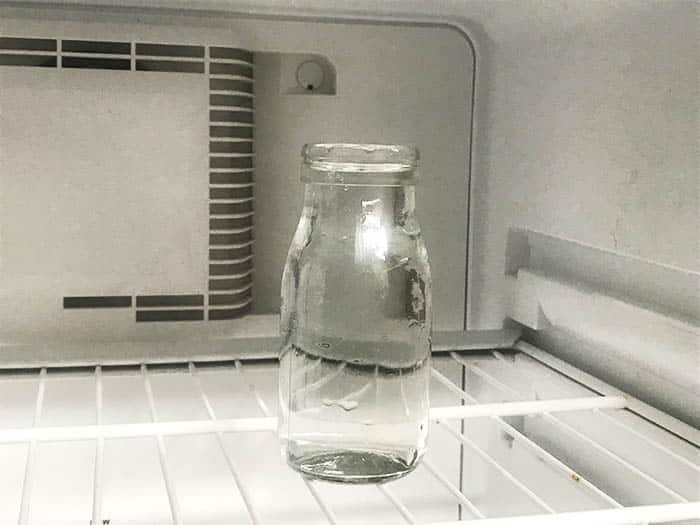
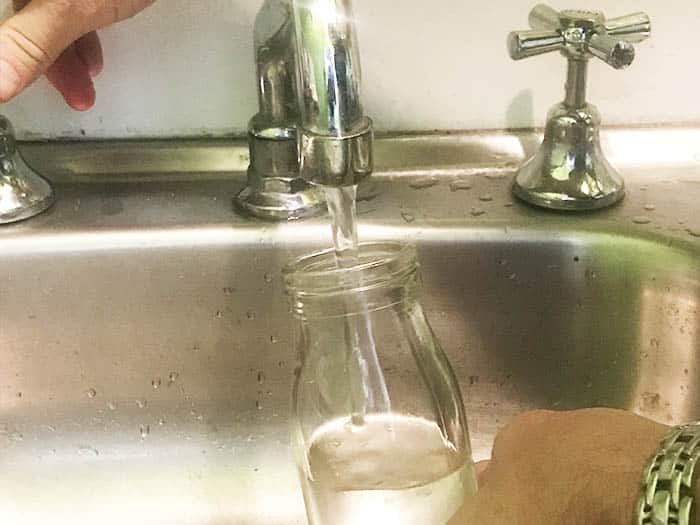
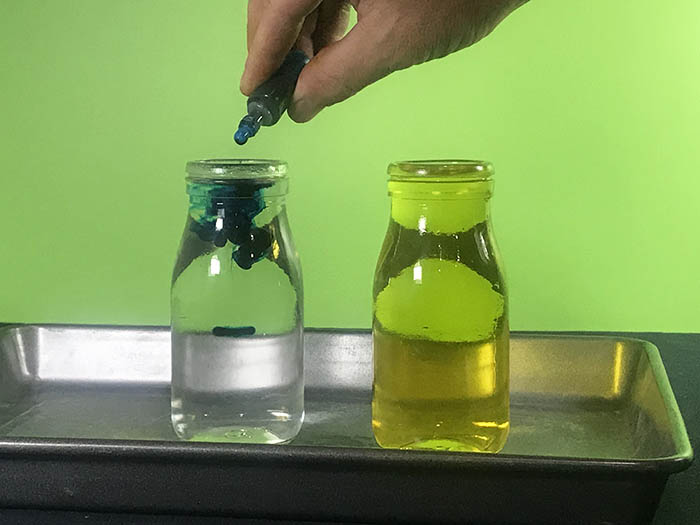
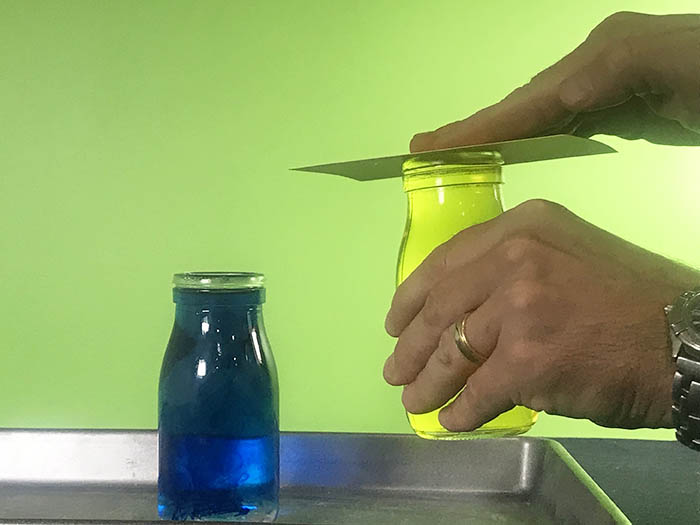
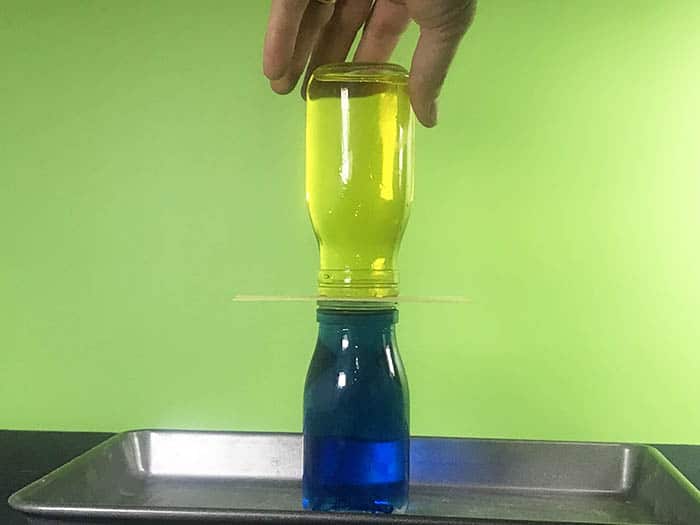
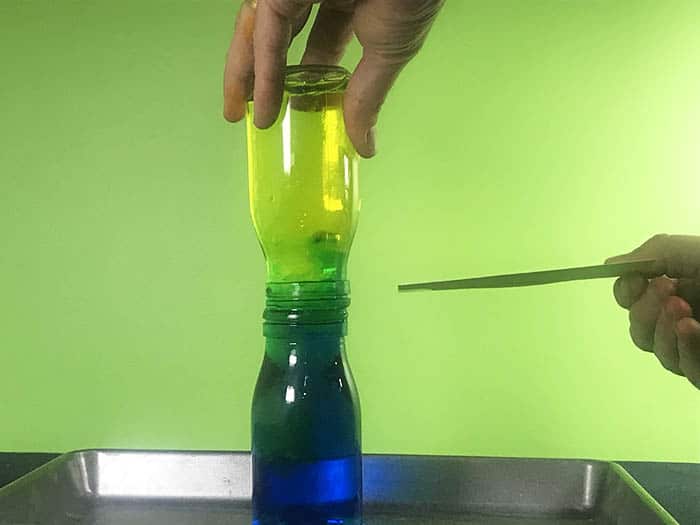
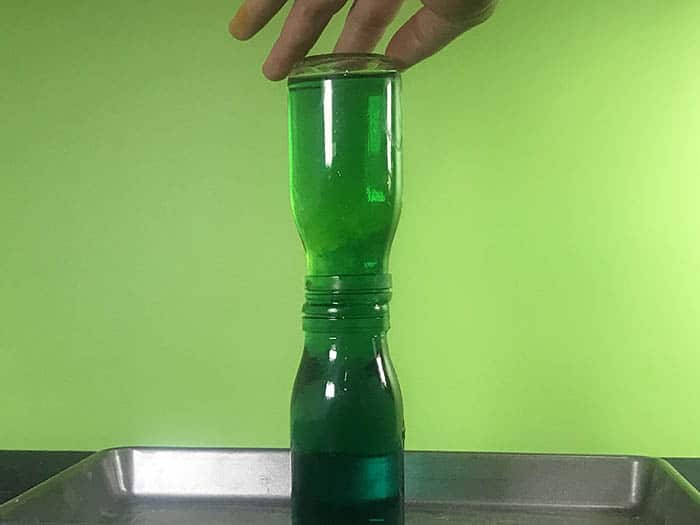


























good stuff!
I did this for my science fair project.
Great!
on step #4 you referred to yellow as hot water bottle when it had been referred to as cold water bottle before and after that 4th step.
Thank you – fixed!